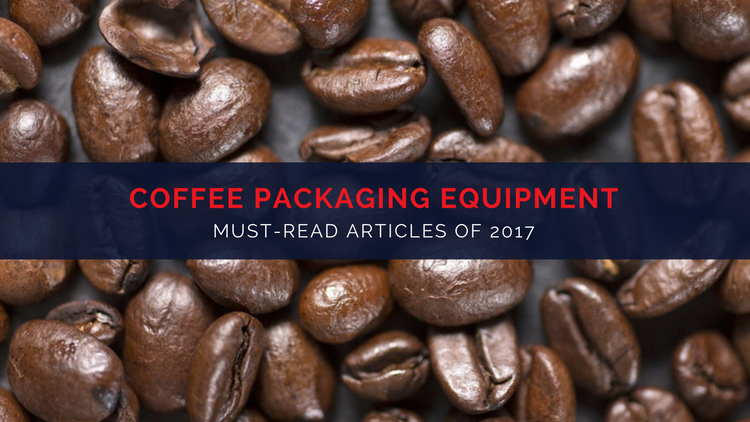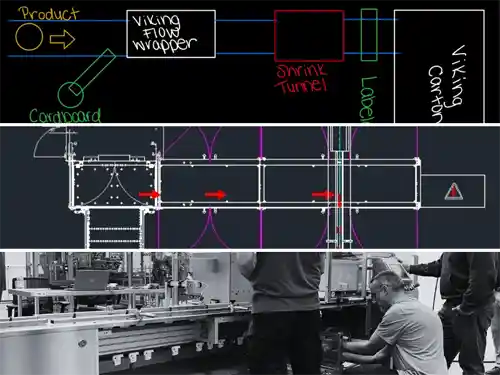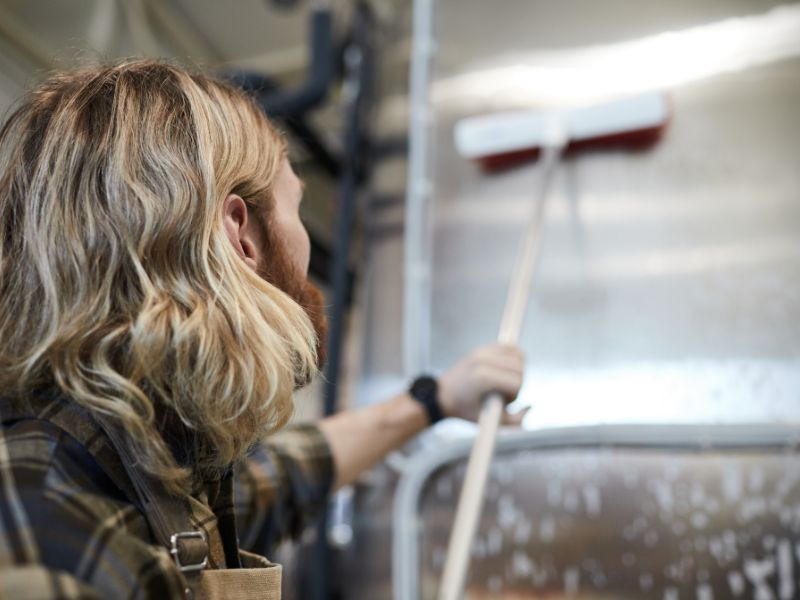4 must-read coffee packaging equipment articles of 2017

You've voted with your views! Help us countdown the top 4 coffee packaging articles of 2017:
4. Are one-way valves right for your coffee packaging process?
The short answer: Most likely yes. One-way valves are a major player in keeping coffee fresh. Here's how:
- After roasting, coffee releases large amounts of carbon dioxide.
- If coffee is packaged right after roasting (as it should be for maximum freshness), the build-up of this carbon dioxide will cause increased internal pressure within the bag. This can lead to bursting!
- To release this pressure, one-way valves are used in coffee packaging. These valves allow the carbon dioxide to escape the bag without letting anything else (like freshness-killing oxygen) in.
Read more about how one-way coffee valves are applied and when to use them in the full article here.
3. should you bring your coffee packaging in-house?
Many growing coffee producers are faced with a decision: Do you outsource your packaging to a contract packager or invest in packaging equipment to package your product in-house? There is no wrong answer in this situation as both options have advantages and disadvantages. The answer for your business will be as unique as your product.
One Louisiana coffee roaster was facing that decision. Coupled with a down economy and rising costs from outsourcing their packaging to a co-packer, they decided that purchasing VFFS packaging equipment and bringing their packaging in-house was the way to go. They made the right decision. After installing and commissioning their packaging machine, they not only drastically cut costs, but were even able to add jobs! Read their transformational story here.
2. Ways to combat dust in your coffee packaging process
Dust and particulates are almost always a factor when packaging coffee. Luckily, features of modern packaging equipment leave dust…in the dust.
You can attack the problem with a barrier method by requesting dust-proof enclosures for electric and pneumatic components or completely enclosed jaw drives. You can also remove dust from the packaging environment by using suction nozzles or static elimination. From a prevention standpoint, you can make sure your packaging machine is cleaned and maintained on a regular basis to eliminate the risk of build-up.
For additional tips for dealing with airborne particulates in your coffee packaging system, read the full article here.
1. Top factors to consider when selecting coffee packaging
Your coffee packaging is your brand ambassador and conveys your marketing, message, and values. But that's not all: Coffee packaging also must protect and enhance the freshness of your product. Needless to say, there are many choices to make when deciding on coffee package design. Before starting the design process, ask yourself the following:
- What is/are your bag style(s) and size(s)?
- Will you be packaging your coffee manually, semi-automatically, or completely automatically?
- Does your coffee need to remain fresh for an extended period?
- Do your consumers want (and will they pay for) convenience features like recloseable zippers or portable, on-the-go package sizes?
Answering the above questions will ensure a great start to designing your coffee packaging. For more expert recommendations click here.
Keep up with the latest coffee packaging trends and innovations!
Subscribe to our blog to get top stories delivered straight to your inbox at the frequency you choose:





